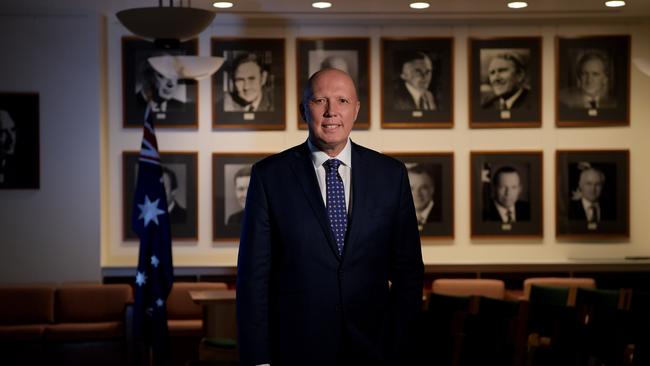
But Dutton should not be underestimated and there is no suggestion Anthony Albanese has fallen into this trap. Dutton will be a political warrior for the centre-right. He will be a tough opponent. He already has flagged an image overhaul so that Australians can see a softer side of him. But his immediate task is renovating the Liberal Party.
The 2022 election was a political earthquake with the ramifications still being understood. The long-term trend of declining support for the major parties has continued. Labor’s vote of about 32.6 per cent is utterly dismal. The Coalition parties saw their vote fall to about 35.8 per cent. Labor won a net eight seats and the Coalition lost 18 seats. Ten seats went to independents and Greens.

While Labor’s majority is small – likely two seats after allocating a Speaker – the Coalition finds itself 18 seats short of a majority. It will be a long way back for the Coalition. It now must fight a battle on three fronts – against Labor, against Greens (who took two Liberal seats in Queensland) and against the so-called teal independents who won six seats.
The Liberal Party’s future viability is now in doubt. While I do not discount the recuperative powers of political parties, which are always stronger than they look after losing elections, the Liberals are facing an existential crisis that goes to its identity, values, membership, constituency, candidate selection and campaigning capacity.
There is no short-term path back to power by walking away from blue-ribbon seats such as Kooyong, Goldstein, North Sydney, Mackellar, Wentworth and Curtin – now held by teal independents – or seats such as Bennelong, Higgins, Hasluck, Pearce, Tangney and Boothby won by Labor and the seats of Ryan and Brisbane won by the Greens.
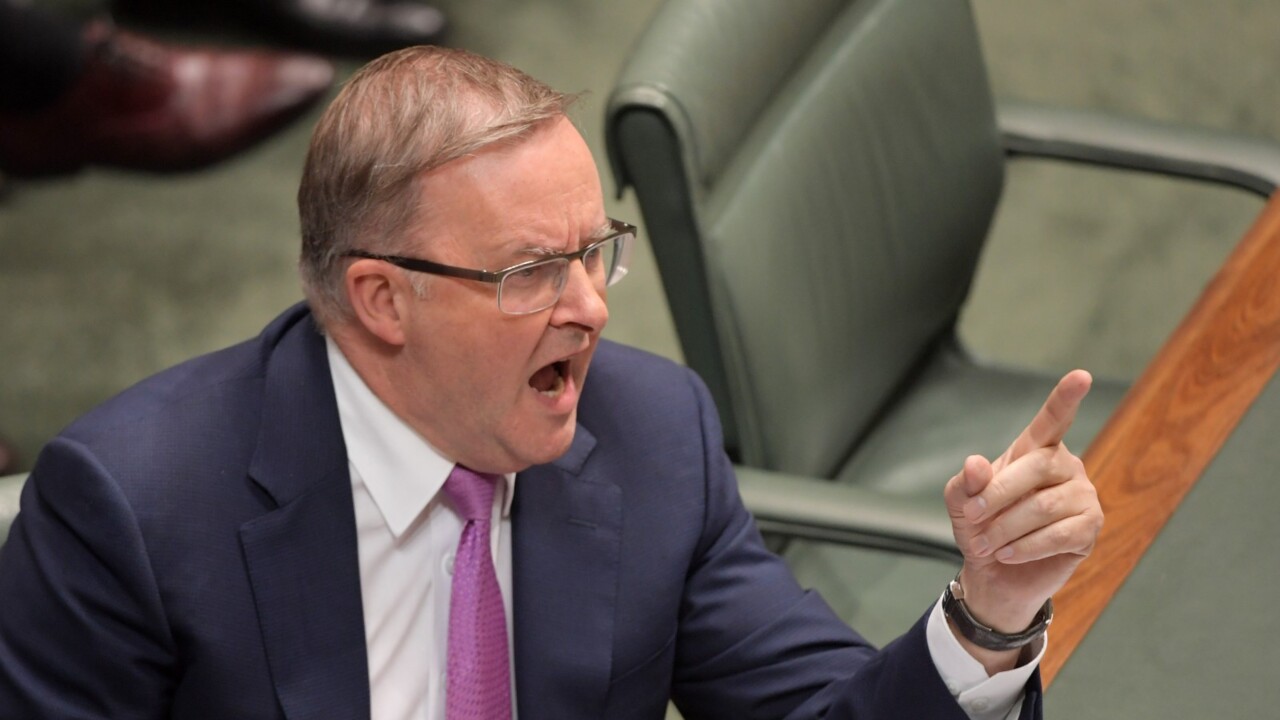
The idea that the Liberal Party can give up on its heartland and contest, and win, seats that traditionally have been held by Labor to form government in the next term or two, or three, is nonsense. Labor does face threats in its safe seats and its vote has declined, but the threat is not from Liberals but from independents (such as Dai Le in Fowler) and Greens.
In western Sydney, the Liberal vote in Chifley was 24.7 per cent, in Watson it was 26.6 per cent, in Blaxland it was 27.1 per cent and in McMahon it was 28.4 per cent. In the northwest and western suburbs of Melbourne, it is a similar story. In Wills, the Liberal vote was 17.4 per cent, in Fraser it was 24.6 per cent, in Lalor it was 25 per cent and in Gellibrand it was 27 per cent.

Most of the Liberal Party’s 30,000 to 40,000 members live in the seats they lost in Sydney, Melbourne, Brisbane, Adelaide and Perth. This is also where most of the party’s financial donors come from. To abandon these seats would be a betrayal of members and supporters who tirelessly support the party, and also many of its longstanding voters.
It also would mean a fundamentally different Liberal Party to the one created in 1944. The Liberal Party did represent, for 75-plus years, middle and upper-class Australians who were well educated, prosperous and professional. They were the heart and soul of the party who were politically homeless in the post-war era and did not identify with Labor.

The loss of seats held by Liberal prime ministers Robert Menzies (Kooyong), Harold Holt (Higgins), John Gorton (Higgins), Billy McMahon (Lowe/Reid), Howard (Bennelong), Tony Abbott (Warringah) and Malcolm Turnbull (Wentworth) is a revolt from the party’s base. To now focus on winning the votes of less educated, lower income, working-class Australians in the outer suburbs means a very different party.
Menzies did not want to create a conservative party; he sought a revival of liberalism. He spoke of the Liberal Party being a broad church, forward-looking, progressive and never reactionary. He appealed to the “professional” class. He gave voice to the individual, freedom, choice and enterprise. He wanted a party with a mass membership, not captive to outside groups, with grassroots community links and women equal to men.
Dutton is right when he says his party is not a moderate party or a conservative party but a liberal party. The Liberal Party does not need to shift to the left or become Labor-lite but it does need to move to the centre to regain lost votes and seats. The party needs to rediscover the Menzies model. Moreover, it cannot give up on teal-held seats that Labor has little chance of winning.
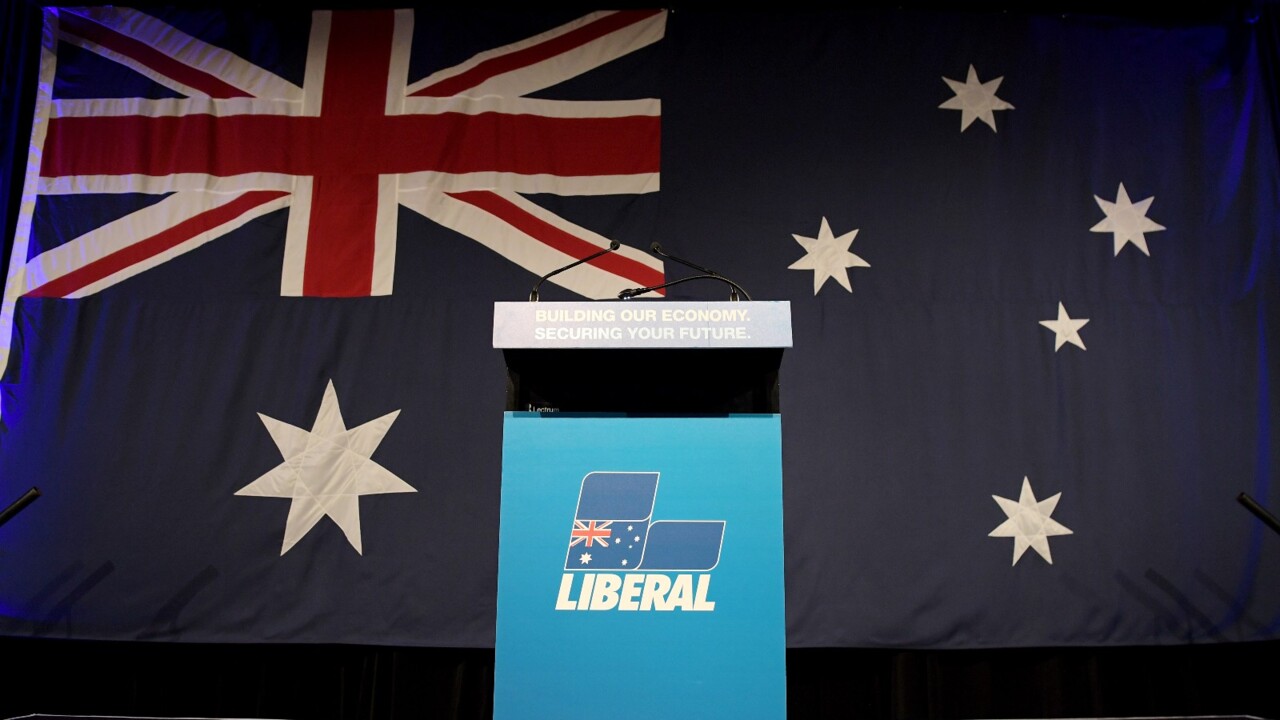
The political sands are shifting. I have written about the erosion of tribal loyalties and how class voting has been in decline (“Existential election as class loyalties fragment”, May 10). The strict left-right political axis has altered as the relationship between education and ideology has changed and there has been a shift in voter preference based on income. This challenges both major parties.
As the Liberal Party settles in for a spell in opposition, it must confront a profound crisis that goes to its identity, constituency and purpose.
Dutton will need to undertake some serious soul-searching to work out what the Liberal Party stands for and who it represents to have any chance of reclaiming government anytime soon.
Troy Bramston is the author of Robert Menzies: The Art of Politics (Scribe).



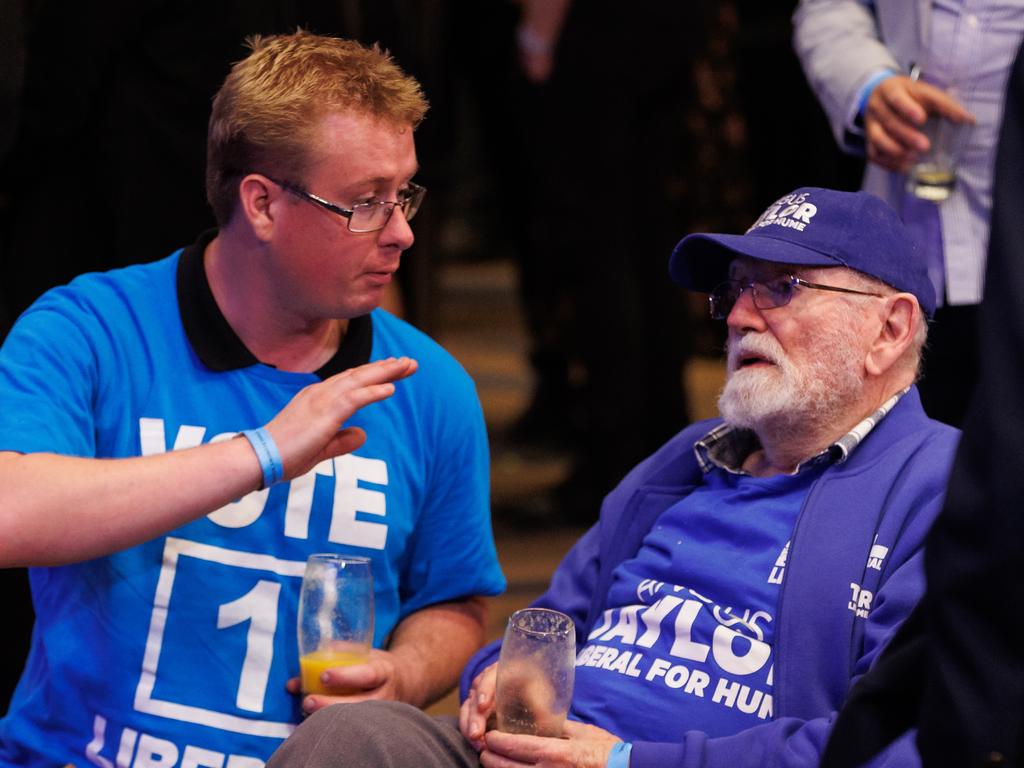
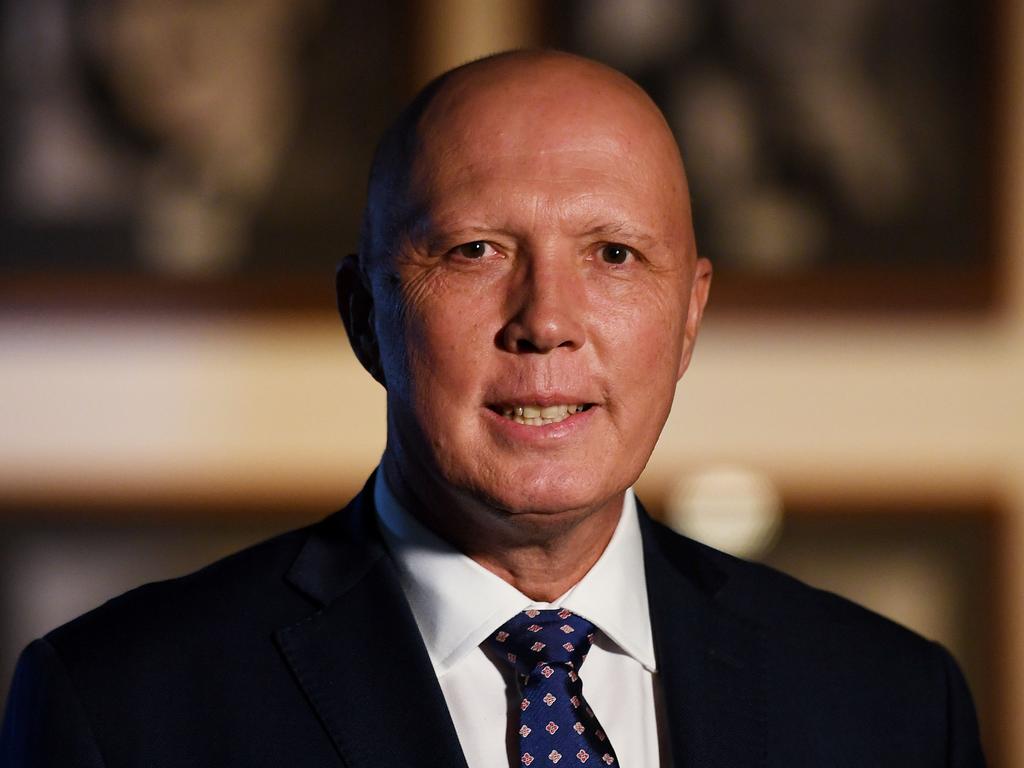



Peter Dutton is the 15th leader of the Liberal Party, the first from Queensland and the first to be elected unopposed since John Howard in 1995. He faces a herculean task to lead the Coalition back to power. The last person to become opposition leader after their party lost government who went on to become prime minister is Labor’s Andrew Fisher in 1914.